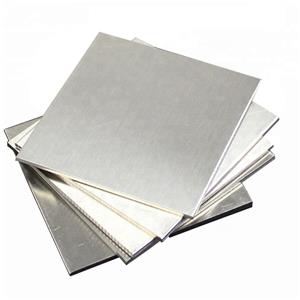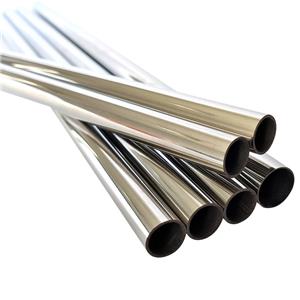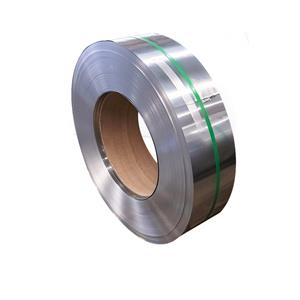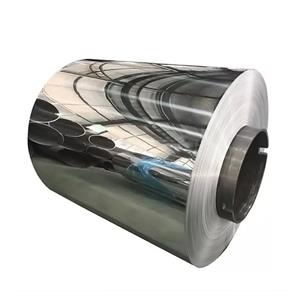300series stainless steel plate
New Advances in 300 Series Stainless Steel Offer Increased Strength and Corrosion Resistance
Manufacturers and engineers in a variety of industries are eagerly adopting the latest advancements in 300 series stainless steel, due to the material’s unique ability to deliver both strength and corrosion resistance.
Recent advances in the production of 300 series stainless steel alloys, specifically the addition of elements like nitrogen and manganese, have significantly increased the strength and hardness of the material while preserving its excellent corrosion resistance.
This has allowed manufacturers to design and build components and structures that are both lighter weight and more durable, leading to cost savings and improved performance in a variety of applications.
For example, the automotive industry is turning to advanced 300 series stainless steel alloys to produce lighter and stronger car parts that are less prone to corrosion, a particular challenge when it comes to exhaust systems. Similarly, the aerospace industry is exploring the use of 300 series alloys to reduce the weight of aircraft components while maintaining their resilience in the face of high-altitude and harsh weather conditions.
In the medical industry, the use of advanced 300 series alloys offers a wide range of benefits, such as the production of implants and instruments that can remain in the body for longer periods of time due to enhanced resistance to wear and corrosion.
Overall, the latest advances in 300 series stainless steel are improving manufacturing processes across numerous industries and delivering better-performing, longer-lasting products.




